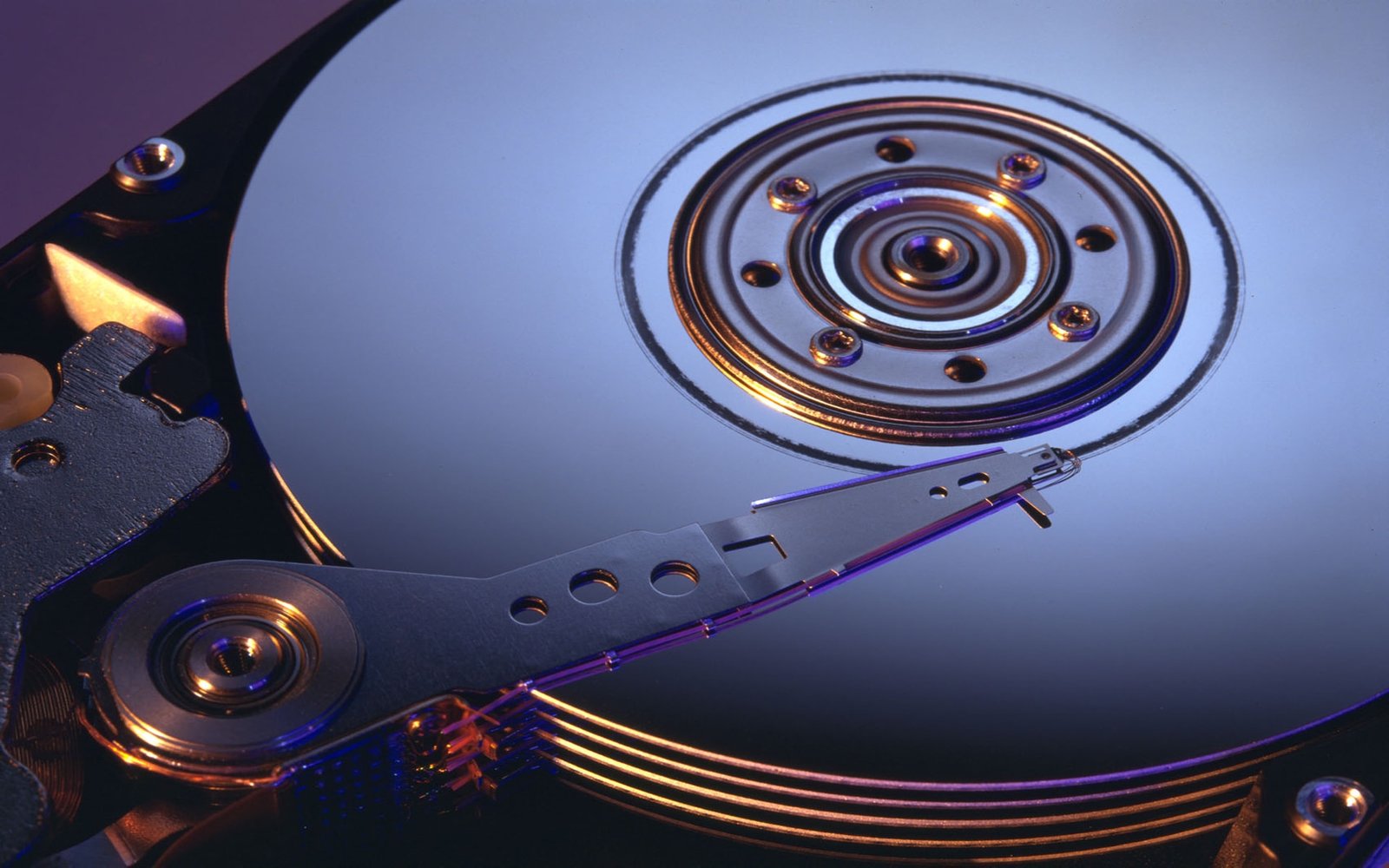Posted At: jun 02, 2023 - 953 Views

If you're a system builder or IT manager tasked with handling a company's video security data, you may face challenges in finding an HDD that can assume a surveillance-class workload. And considering how valuable security data can be to an organization, choosing the right drive to power one's surveillance appliances can be a critical business decision. A report by Seagate indicated the number of problems managing video surveillance data would increase by 60% in 2015, resulting in a growing need for surveillance-specific storage solutions that can manage issues, such as overheating of drives accumulating video data round the clock, seven days a week.
The good news is that amid skyrocketing needs in surveillance along with the new burdens imposed on surveillance storage systems by 4K video, there are solutions on the market that can assume a surveillance data workload while optimizing the performance of your overall security system. But to select the right one, you need to know which key points to evaluate when deciding which drive is the best choice for your surveillance system.
The first thing you want to consider is capacity. While you may be tempted to save costs by simply matching your capacity needs to your current surveillance demands, it may actually cost you more and create more upgrade issues in the long run. Before making a decision, you need to take into consideration your future needs as well. Will you be increasing the number of cameras due to business growth? Are there regulations requiring you to keep the surveillance footage for a longer term? Are you thinking about increasing the resolution of your surveillance videos? 4K videos can require more than four times the amount of storage space as 1080p videos. All these will affect your IT budgets and labor costs if you choose the capacity that doesn't fit into the company's long-term plan. Today's surveillance hard drives can offer up to 6 TB of capacity, enough to support incoming feeds from up to 64 cameras as well as take on the data demands of 4K quality.
Another key factor is reliability, since you will require a drive that's not susceptible to the issues that might influence a regular HDD in a surveillance environment. This includes heat-related failure or vibration from other drives, which can result in loss of video frames, an unacceptable issue for anyone in charge of a company's security data. Purpose-built surveillance drives, however, are tuned for 90% write time and only 10% read time surveillance workloads operating 24x7. The surveillance-specific drives are also engineered to reliably perform in multi-drive systems with RAID support. They improve the performance and reliability and are optimized to minimize the effect of vibrations from other drives with RV sensors, which mean fewer points for potential failure.
The third consideration when selecting the right drive is the type of recovery options you have for the extra assurance that your data is protected. Today's surveillance drives are highly reliable, but unforeseen circumstances can cause data to be lost, unintentionally deleted, or even corrupted by viruses. Choose surveillance drives which offer recovery and rescue plans that not only have a high success rate in restoring data, but also offer a fast and easy recovery process at an affordable cost.
Last but not least is total cost of ownership. The cost here is not just the cost of the drive, but your operating costs. While traditional HDDs will drive up expense in terms of power consumption, purpose-built surveillance drives can decrease costs up to 30% by saving power at startup, producing less heat, and cooling efficiently.

